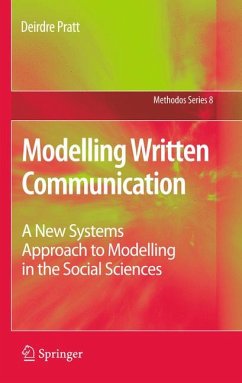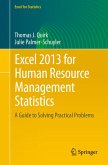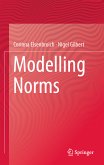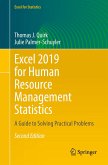This book offers an alternative view to current postmodern approaches to composition. It takes a critical realist stance to arrive at the "essence" of written communication with the aim of informing a practical application: a computerised writing tutor. Following Robert Franck's seminal work on modelling, a theoretical model of writing was first formulated, consisting of an architecture of functions which constitute the prerequisites for effective communication. Next, an applied model - a composing algorithm with an input option - was developed, showing composing to be a systemic social process with intra- and extra-systemic variation. The algorithm provided the design template for a writing tutor program which models for the learner both the systemic and the socially situated nature of writing. This book establishes composing as a communicative interaction, and shows the essential dynamism of writing, while offering an exemplar of a systems approach to modelling in the social sciences.
Dieser Download kann aus rechtlichen Gründen nur mit Rechnungsadresse in A, B, BG, CY, CZ, D, DK, EW, E, FIN, F, GR, HR, H, IRL, I, LT, L, LR, M, NL, PL, P, R, S, SLO, SK ausgeliefert werden.









